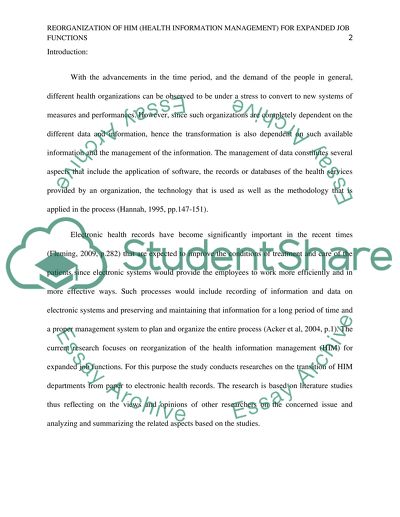Cite this document
(“Reorganization of HIM (Health Information Management) for Expanded Job Research Paper”, n.d.)
Retrieved from https://studentshare.org/health-sciences-medicine/1394070-reorganization-of-him-health-information-management-for-expanded-job-functions
Retrieved from https://studentshare.org/health-sciences-medicine/1394070-reorganization-of-him-health-information-management-for-expanded-job-functions
(Reorganization of HIM (Health Information Management) for Expanded Job Research Paper)
https://studentshare.org/health-sciences-medicine/1394070-reorganization-of-him-health-information-management-for-expanded-job-functions.
https://studentshare.org/health-sciences-medicine/1394070-reorganization-of-him-health-information-management-for-expanded-job-functions.
“Reorganization of HIM (Health Information Management) for Expanded Job Research Paper”, n.d. https://studentshare.org/health-sciences-medicine/1394070-reorganization-of-him-health-information-management-for-expanded-job-functions.


